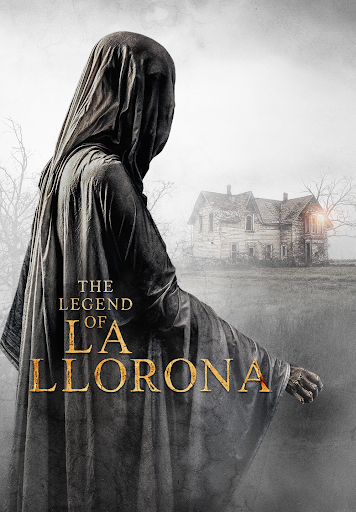Introduction
The Legend of La Llorona is a 2022 horror film that brings one of Latin America’s most terrifying folktales to life. Directed by Patricia Harris Seeley, the movie explores the chilling story of La Llorona—the “Weeping Woman”—a figure deeply embedded in Mexican folklore. With its mix of supernatural horror, cultural mythology, and emotional undertones, the film attempts to bridge ancient legend and modern cinematic storytelling.

The Folklore Behind the Film
La Llorona is a ghostly figure said to wander near rivers, eternally crying for her lost children. According to legend, she drowned her children in a moment of despair or rage, and now her spirit roams, weeping and luring others into the same watery fate. This tale has been told for centuries across Mexico and other Latin American countries, serving as both a cautionary myth and a chilling bedtime story.
Plot Overview
The film follows a family vacationing in Mexico, who soon find themselves entangled in the terrifying grip of La Llorona’s curse. As strange events unfold, the family must confront not only the supernatural but also their own fears and vulnerabilities. The narrative combines traditional horror elements—such as eerie settings, suspenseful music, and sudden scares—with the cultural depth of a legendary tale.
Cinematic Style and Performances
The Legend of La Llorona relies heavily on atmosphere to build tension. The dark landscapes, shadow-filled interiors, and unsettling silence all contribute to an aura of dread. The performances, especially those of the central family, aim to highlight both fear and emotional conflict. While the film may not bring groundbreaking special effects, its strength lies in tapping into an already frightening legend that resonates with audiences familiar with the folklore.
Reception and Impact
The film received mixed reviews from critics, with some praising its attempt to revive cultural folklore and others criticizing its reliance on familiar horror tropes. For many viewers, however, the appeal lies in seeing La Llorona portrayed on screen, keeping the legend alive for new generations. The movie contributes to a growing trend in horror cinema that seeks inspiration from traditional myths and cultural ghost stories.
Conclusion
The Legend of La Llorona may not reinvent the horror genre, but it succeeds in reintroducing one of Latin America’s most enduring and chilling legends to a wider audience. By blending folklore with modern horror, the film ensures that the terrifying cries of La Llorona will continue to echo, both in cultural memory and in the darkened halls of the cinema.





